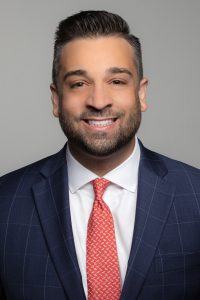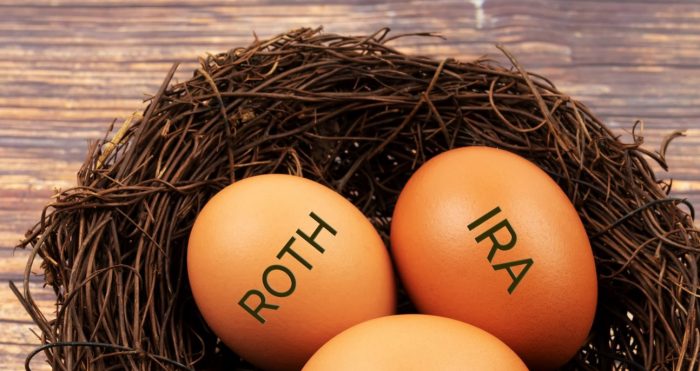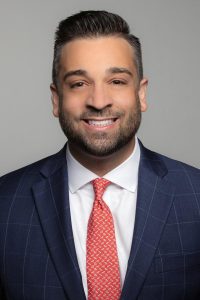By Michael Christodoulou
 You’ll find some big differences between traditional and speculative investments — and knowing these differences can matter a great deal when you’re trying to reach your financial goals.
You’ll find some big differences between traditional and speculative investments — and knowing these differences can matter a great deal when you’re trying to reach your financial goals.
To begin with, let’s look at the basic types of traditional and speculative investments. Traditional investments are those with which you’re probably already familiar: stocks, bonds, mutual funds, government securities, certificates of deposit (CDs) and so on. Speculative investments include cryptocurrencies, foreign currencies and precious metals such as gold, silver and copper.
Now, consider these three components of investing and how they differ between traditional and speculative investments:
The first issue to consider is risk. When you own stocks or stock-based mutual funds, the value of your investments will fluctuate. And bond prices will also move up and down, largely in response to changing interest rates. However, owning an array of stocks — small-company, large-company, international, etc. — can help reduce the impact of volatility on your stock portfolio. And owning a mix of short- and long-term bonds can help you defend yourself somewhat against interest-rate movements.
When interest rates fall, you’ll still have your longer-term bonds, which generally — but not always – pay higher rates than short-term ones. And when interest rates rise, you can redeem your maturing short-term bonds at potentially higher rates.
With speculative investments, though, price movements can be extreme as well as rapid. During their short history, cryptocurrencies in particular have shown astonishingly fast moves up and down, resulting in huge gains followed by equally huge, or bigger, losses. The risk factor for crypto is exacerbated by its being largely unregulated, unlike with stocks and bonds, whose transactions are overseen by well-established regulatory agencies. There just isn’t much that investors can do to modulate the risk presented by crypto and some other speculative investments.
A second key difference between traditional and speculative investments is the time horizon involved. When you invest in stocks and other traditional investments, you ideally should be in it for the long term — it’s not a “get rich quick” strategy. But those who purchase speculative investments want, and expect, quick and sizable returns, despite the considerable risk involved.
A third difference between the two types of investments is the activity required by investors. When you’re a long-term investor in traditional investments, you may not have to do all that much once you’ve built a portfolio that’s appropriate for your risk tolerance, goals and time horizon.
After that point, it’s mostly just a matter of monitoring your portfolio and making occasional moves — you’re not constantly buying and selling, or at least you shouldn’t be. But when you speculate in crypto or other instruments, you are constantly watching prices move — and then making your own moves in response. It’s an activity that requires considerable attention and effort.
One final thought: Not all speculative instruments are necessarily bad investments. Precious metals, for instance, are found in some traditional mutual funds, sometimes in the form of shares of mining companies. And even crypto may become more of a stable vehicle once additional regulation comes into play.
But if you’re investing for long-term goals, such as a comfortable retirement — rather than speculating for thrills and quick gains, which may disappear just as quickly — you may want to give careful thought to the types of investments you pursue.
Michael Christodoulou, ChFC®, AAMS®, CRPC®, CRPS® is a Financial Advisor for Edward Jones in Stony Brook. Member SIPC.

















